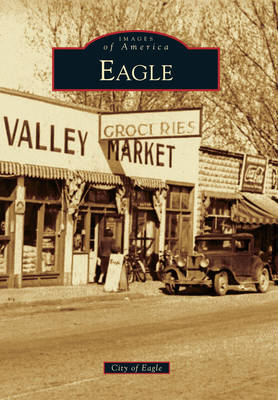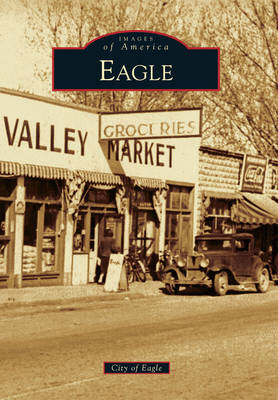
- Afhalen na 1 uur in een winkel met voorraad
- Gratis thuislevering in België vanaf € 30
- Ruim aanbod met 7 miljoen producten
- Afhalen na 1 uur in een winkel met voorraad
- Gratis thuislevering in België vanaf € 30
- Ruim aanbod met 7 miljoen producten
Zoeken
Omschrijving
Eagle may be the only city in the arid American West that was first settled on an island. Four young miners left Idaho's gold fields in 1863 to farm what is today called Eagle Island, between the Boise River's north and south channels. Not easily accessed by Indian raiding parties, the island also allowed ready irrigation of the first croplands. It was an island farming couple, Tom and Mary Aiken, that founded the village of Eagle on the north mainland starting in 1895. An interurban trolley in 1907 greatly stimulated the growth of the township, which became a service and food processing center for a large, rural hinterland. Nevertheless, Eagle was still a small farming town when it finally incorporated in 1971. During subsequent decades, though, it was transformed by explosive growth and upscale development into one of the wealthiest communities in the Pacific Northwest. Golf courses, hobby farms, a preoccupation with the arts, and foothill vineyards all attest to Eagle's modern affluence. However, this history largely focuses on Eagle's modest agricultural yesteryear.
Specificaties
Betrokkenen
- Auteur(s):
- Uitgeverij:
Inhoud
- Aantal bladzijden:
- 128
- Taal:
- Engels
- Reeks:
Eigenschappen
- Productcode (EAN):
- 9780738595375
- Verschijningsdatum:
- 10/12/2012
- Uitvoering:
- Paperback
- Formaat:
- Trade paperback (VS)
- Afmetingen:
- 163 mm x 231 mm
- Gewicht:
- 226 g

Alleen bij Standaard Boekhandel
+ 67 punten op je klantenkaart van Standaard Boekhandel
Beoordelingen
We publiceren alleen reviews die voldoen aan de voorwaarden voor reviews. Bekijk onze voorwaarden voor reviews.











